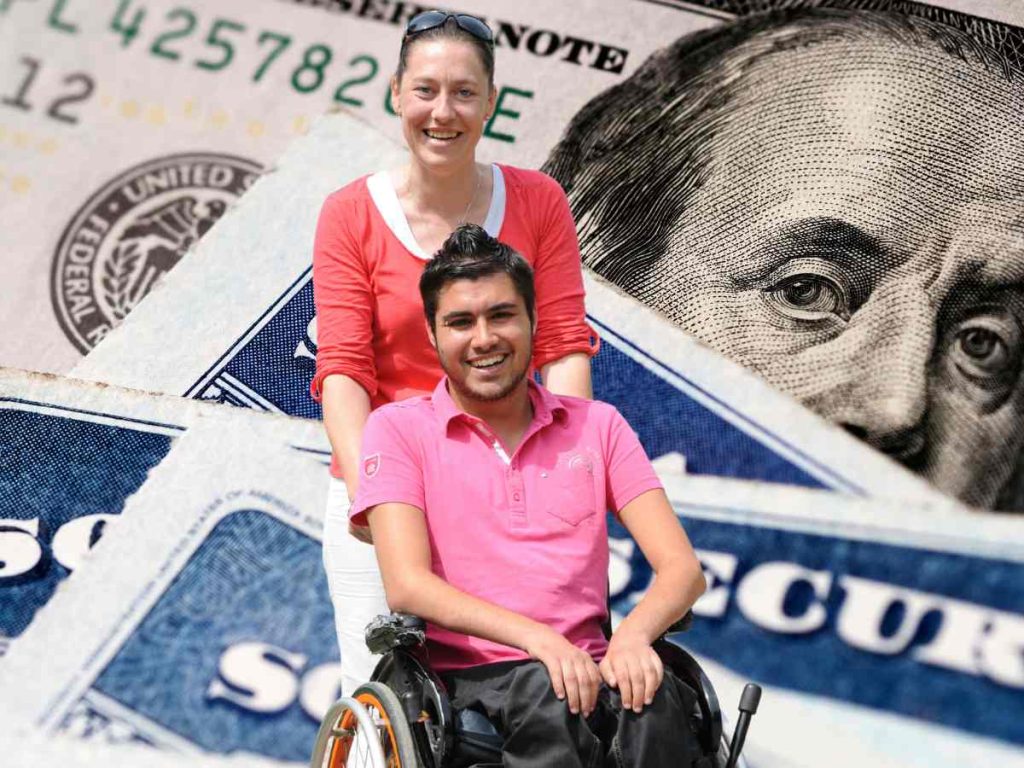If you have worked in jobs covered by the Social Security Administration (SSA), and your disability lasts for over a year, you may qualify for SSDI benefits in the United States. As a matter of fact, some workers with disabilities may go back to work after surgery, with medical rehabilitation or treatment, and technological breakthroughs that help them get over it.
Other SSDI recipients may not be able to go back to work due to their medical condition. Therefore, the Social Security Administration will continue delivering Disability Insurance benefits as long as your disability continues. But what happens when you reach Full Retirement Age if you are already collecting disability benefits?
SSDI recipients who reach Full Retirement Age
If you are currently receiving Social Security Disability Insurance and you are about to reach Full Retirement Age, your disability benefits will automatically turn into retirement benefits.
Do not worry because your SSDI payment will remain the same when it converts to Social Security retirement benefits. What is more, there is an important thing to take into account.
Those SSDI recipients who are also collecting a reduced surviving spouse benefit must contact SSA when they reach Full Retirement Age. If necessary, the Administration will make any necessary adjustments to your disability benefits.
SSDI recipients who work before reaching Full Retirement Age
As a matter of fact, some SSDI recipients may want to try returning to work without losing Disability benefits. In some cases, it is possible to return to work or even continue working without losing your Social Security Disability Insurance payments.
Anyway, if you choose to start working while on Social Security, it is essential to report it to SSA before you do so. So, ensure you report to the Agency any work activity since it could affect your payment amount and eligibility.
SSDI beneficiaries who would like to work could take advantage of the “trial work period“. It means you can go back to work for at least nine months and still get your full Disability Insurance payment. Currently, any month you earn more than $1,160 before taxes will count towards this trial work period. Great news because there is no limit on how much you get for these 9 months. More information on SSA’s website: https://www.ssa.gov/disability/work
